Huss
Member
Did you scan those images or did someone do it for you? Did you edit them or post them as you got them?
The whole point of using a light meter is so the meter will tell you what aperture and shutter speed to use at a given ISO. So if you had 'no idea which aperture' to use, then something isn't right.I went out 2 nights ago and I just got the results. Well, it is mostly crap, but I am still learning.
Made with Nikon F + 50mm f:1.2 and no tripod
As far as I can understand, I would say that I have allowed too much light inside my camera. I have used the app LightMeter on my phone to try it, the issue is that you can only choose to have the result of one value on it. I needed to know which shutter speed to use, so I had to set the aperture and the ISO first, but having no idea which aperture I needed, I almost always set it at f/2, hence the disgusting results
There's your simple answer. Not need to meter (and in fact metering this can be tricky) for negative film as neon lights have all similar brightness. EV 9 means 5.6 and 1/125 or equivalent at ISO 800. A little more probably doesn't hurt with negative film and you might get a bit of the environment.from <this web site> and reproduced below:

In the chart above, an EV of 9 has been assigned for neon
The scans could be better, but I expect that the film is also a bit over-exposed.he just needs to edit his scans.
If so, set the ISO (800, right?), then look above the dial at the aperturtes (f-stops). Notice each f-stop lines up with a shutter speed as shown on the brown dial. In this screen shot, f/2.8 lines up with 1/60 second, f/4 lines up with 1/30 sec, etc. So, if you set your camera lens to f/2.0, then set the shutter speed to 1/125 sec. Or you could use f/2.8 and 1/60 second - or f/4.0 and 1/30 second. Those are all the same exposure, so pick whichever combination you want. That is, each pair of settings that line up on this meter will let in the same amount of light to expose the film. Make sense?
The scans could be better, but I expect that the film is also a bit over-exposed.
Bright lights in front of a dark background will fool most meters. The meter ends up giving a result that will lighten the background, which also lightens the lights as well. Then when you combine that with automated scans, you get disappointing results.
There's your simple answer. Not need to meter (and in fact metering this can be tricky) for negative film as neon lights have all similar brightness. EV 9 means 5.6 and 1/125 or equivalent at ISO 800. A little more probably doesn't hurt with negative film and you might get a bit of the environment.
I have tried to edit the pictures with what I have on windows by default, looks better. Thanks a bunch to all of you. That'll do for now until I figure out how to obtain the below results, which is what I am after.
View attachment 315424
View attachment 315425
View attachment 315426
Ok now that makes sense. I thought that the amount of light wasn't the same actually. The app I was using is this one.
View attachment 315427
I tend to agree with you, which is why I think that using a light meter under those circumstances might not be a good idea.
Is this a rule of thumbs to start working with or can I just stick to this for a whole shooting session? Light can really differ in Hong Kong. A neon can be in a really bright street among powerful LED lights signs + the shops, or hidden in a really dark alley.
I tend to agree with you, which is why I think that using a light meter under those circumstances might not be a good idea.





I don't get it, all this confusion about how difficult it is to meter lights. I literally just point my camera - that has auto exposure! - at the scene and push the button.
I don't get it, all this confusion about how difficult it is to meter lights. I literally just point my camera - that has auto exposure! - at the scene and push the button.
The point of shooting lights is if that is your subject, that is what you meter for. That is all you need to know!
So all I do is aim my p&s camera - yup, p&s where I let it do everything - at my scene and take a pic. And they come out great.
Stop over thinking this. And Kowloon frankly you are making this hard on yourself by using a camera w no meter, and using your phone to meter, and trying to figure things out. I know its cool using an old F or F2 w no meter, but if you buy a $25 Nikon N75, you will get awesome pics, correctly exposed and in focus. Or pretty much any 35mm camera with AE...
I took these with a p&S where all I did was point the camera. I didn't get all worked up about exposure. So I'm not pretending it's my skills. It's not. The camera did the work.
No tripod either. What's the fun/point of using a 35mm camera if you are dragging a tripod around? If I'm using a tripod, I'll be using it with a medium format or larger camera.





I would be curious to learn what films were used for these?
You're in the wrong forum mate, people in this forum only use manual cameras and no auto exposure as that needs a battery and it is automation and the devil will come take your soul if you have batteries in your camera and you are probably the rich 1% if you can afford $1 batteries for your camera because you just spent $15 on a roll of 36 shots and the only thing worse than a sinner using auto exposure is a heathen with autofocus.
Thank you. Do you usually meter these at box ISO?Top two Portra 400. Venice one is Cinestill 800. Bottom two Superia 400. My mad skillz were pointing the camera and pushing the button.
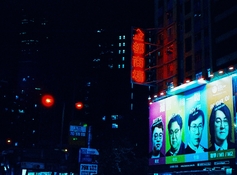
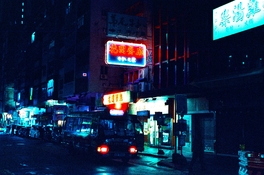
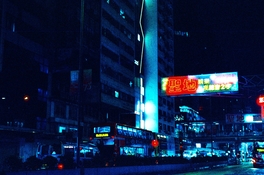
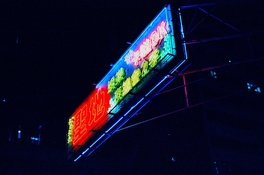
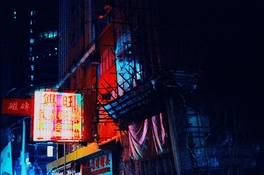
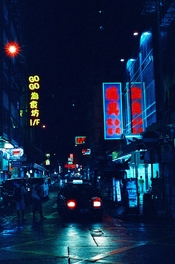
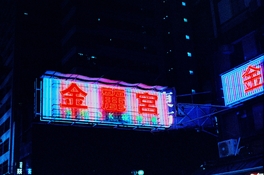
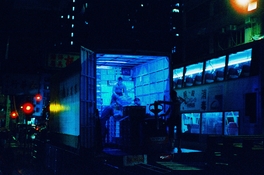
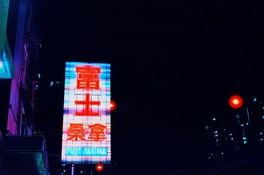
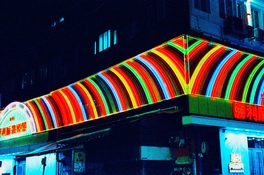
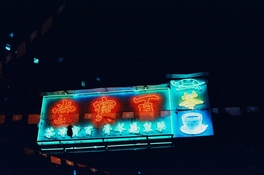
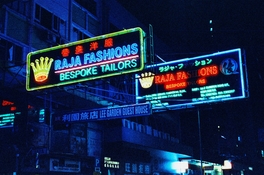
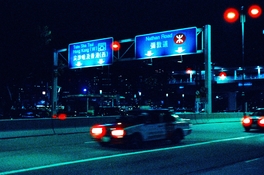
Bought a Nikon U2. Much better.
| Photrio.com contains affiliate links to products. We may receive a commission for purchases made through these links. To read our full affiliate disclosure statement please click Here. |
PHOTRIO PARTNERS EQUALLY FUNDING OUR COMMUNITY:  |